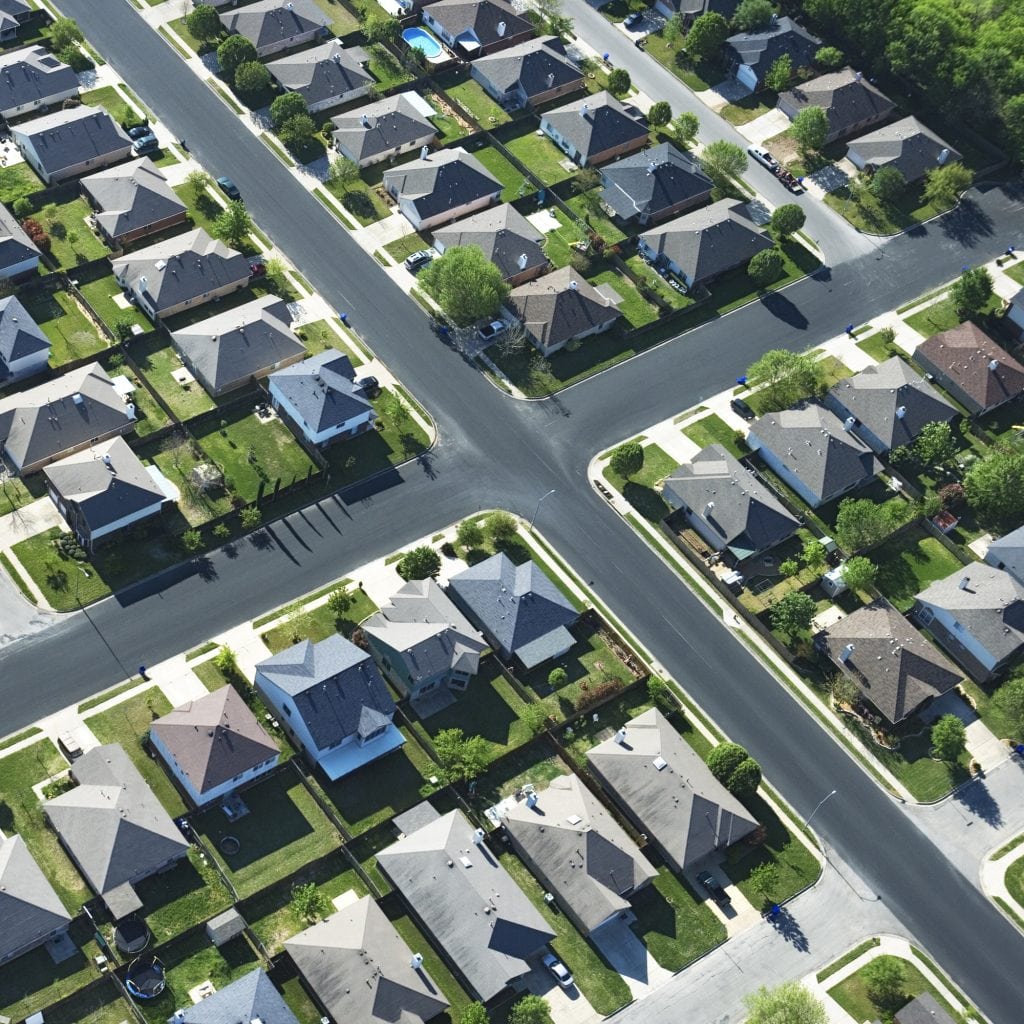Homeowner’s association
Homeowner’s associations are usually found in upscale housing developments, although any new suburban housing tract may have them, regardless of how much the properties are worth. These groups are designed to set rules to govern the neighborhood and then set about enforcing them. Although many developments tend to have an association group in place, it’s entirely possible to set one up from scratch. As long as your neighbors are actively involved in the area and want to put together such a group, it will be successful.
With that said, there are several steps in the process, starting with defining what a homeowner’s association does and expanding to running one successfully.
What Exactly Is a Homeowner’s Association?
Most of all, a homeowner’s association is a governing body that oversees a particular neighborhood or housing development. One usually consists of a board of people, made up of owners, with one or two people in charge. For instance, these people are the President and Vice President of the board. There may be other officers as well, including a Secretary and a Treasurer.
After all, the group needs to be led by someone. There are two main purposes of a homeowner’s association – to set rules and to work through disputes. For example, there may be rules about how many decorations someone is allowed to have in their front yard for the holidays. There might be statutes in place defining when yard work may be done. This prevents people from waking up their neighbors by mowing the lawn at 6:30 am on a Saturday. Finally, if two neighbors have a dispute over something minor, such as a child that keeps trampling on their neighbors’ lawn, this would go before the homeowner’s association board.
The situation will then be worked out (hopefully.) Other purposes for these organizations include safety and getting to know all of one’s neighbors. If you’re worried about people breaking into a home, then the group may put together a neighborhood watch. They also could host gatherings and meetings in which all of the neighbors attend and get to know each other. As long as you aren’t on the receiving end of the board (for breaking the rules), then you probably see these groups as being very positive.

Putting Together an Office Space
Of course, the number one thing that a homeowner’s association needs are an office space. So, if your development has a clubhouse, then finding a spare room within it should be easy. However, this office could also be an extra room in the President’s home, or if you prefer a completely neutral location, it should be in a small building outside of the development altogether. This last option works best as long as that additional location isn’t too far away.
Furthermore, you’ll also need a space large enough to hold everyone in the neighborhood. After all, a good homeowner’s association holds meetings and other gatherings. This reason alone is why a clubhouse space is ideal. Everyone will know how to get there, and it will have enough space. Finding a good office and gathering space is the first step. Once this has been settled, you then need to turn your association into an actual well-thought-out organization.
Getting A Homeowner’s Association Logo
A logo, one that reflects the group’s purpose, needs to be created. The logo will feature the name of your association, which tends to use the name of the development. (This way everyone knows which homeowner’s association it is.) Consider a logo that isn’t overly flashy. Perhaps, it should consist of the same colors as the development’s signs, as this also plays a part in the overall identity of the group. After all, if it uses the same font, then it’ll be that much better. However, if this isn’t an option, consider sticking with a traditional font and color scheme. In fact, you really can’t go wrong with red, white, and blue.
Furthermore, the logo should go on the home association’s website. When putting the website) together, you’ll need to include a page of contact information, as well as a list of rules and regulations. You can get a website design from us.
Some of these websites also have homeowner directories that are protected under a username and password system. More importantly, these security measures prevent people who don’t live there or belong to the association from getting in.

Spreading the Word about The New Homeowner's Association
In short, a homeowner’s association wouldn’t be anything without its members. Those members need to pay dues in order to belong. These dues can be anything from $50 a year to thousands a year, depending on what membership includes and the types of real estate found within the development. If you’re simply enhancing the structure of an existing homeowner’s association, then you probably already have plenty of members.
However, if you’re just getting started, then you’ll need to attract people. This is done through the use of fliers. Sending out fliers to everyone in the neighbor, informing them of the association and any upcoming meetings, is the best way to pique people’s interests.
You’ll need to make two things clear on those fliers: any benefits for the homeowner, and how much membership will cost. These are the two most transparent things. However, if your association is set up in such a way that anyone who lives in the neighborhood needs to belong, then this is kind of a moot point. Furthermore, you will still need to hold regular meetings in order to bring neighbors together, as well as host special events that will make joining the group worthwhile. To put it simply, you need to make it clear that if people join the association, they’ll have fun. Many people shy away from these types of groups, and you don’t want to lose any potential members.
Conclusion
In conclusion, running a homeowner’s associations have many benefits. Do make sure you have the law on your side before going all wild in running a homeowner’s association. Most of all, they make neighborhoods safer, get neighbors together, and solve disputes. More so, they also enforce rules, set up meetings, and host parties. However, setting up one of these groups includes having a clear ruling board, a good homeowners logo and website, and even a base of operations.
In order for your group to be successful, you need the support of your neighbors. To o make that happen you need to think about a few good things and market your business to the homeowners association.
